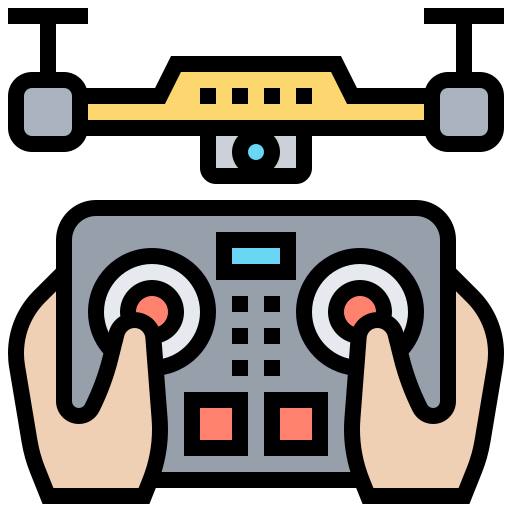Lidar technology has revolutionized the way we capture data from above, providing detailed three-dimensional maps of landscapes and structures with unprecedented accuracy. Now, combine this cutting-edge technology with the nimble agility of a drone, and you have the perfect combination for all your remote sensing needs. Welcome to the future of aerial mapping with lidar drones.
Introduction to Lidar Drone Technology
Lidar drone technology is revolutionizing the way we map and survey landscapes. By utilizing light detection and ranging technology, these drones are able to accurately measure distances and create detailed 3D models of the terrain below. This advanced technology has a wide range of applications, from creating highly accurate topographic maps to monitoring the progress of construction projects.
One of the key advantages of using lidar drones is their ability to quickly and efficiently gather data over large areas that would be time-consuming and costly to survey using traditional methods. This technology is especially useful in industries such as agriculture, forestry, urban planning, and environmental conservation. With lidar drones, professionals can gather precise data to make informed decisions and improve efficiency in their projects.
Benefits of Using Lidar Drones for Geospatial Mapping
Utilizing Lidar drones for geospatial mapping offers numerous benefits that can revolutionize the way we collect and analyze topographic data. Lidar technology, which stands for Light Detection and Ranging, allows for highly detailed and accurate 3D mapping of terrain and infrastructure. By using drones equipped with Lidar sensors, geospatial mapping professionals can access hard-to-reach or dangerous areas with ease, resulting in more comprehensive and precise data.
- Enhanced accuracy: Lidar drones can capture detailed elevation data with centimeter-level accuracy, providing highly precise measurements for mapping applications.
- Efficient data collection: Compared to traditional surveying methods, Lidar drones can cover large areas in a fraction of the time, making data collection more efficient and cost-effective.
- Improved safety: By eliminating the need for personnel to access hazardous or remote locations, Lidar drones enhance safety for surveying teams.
Moreover, Lidar drones can be programmed to follow predefined flight paths, ensuring consistent coverage and reducing the risk of human error. This automation allows for seamless integration of Lidar data into Geographic Information Systems (GIS) for further analysis and visualization. With the ability to generate accurate elevation models, contour maps, and 3D representations of landscapes, Lidar drones are indispensable tools for a wide range of industries, including urban planning, agriculture, and environmental monitoring.
| Industry | Приложения |
|---|---|
| Urban Planning | Zoning, infrastructure development |
| Сельское хозяйство | Precision farming, crop health monitoring |
| Environmental Monitoring | Forest inventory, flood mapping |
Challenges and Limitations of Lidar Drone Technology
Accuracy: Lidar drone technology may face challenges when it comes to accuracy, especially in adverse weather conditions such as heavy rain or fog, which can affect the quality of the data collected.
Cost: The initial cost of acquiring lidar drones can be quite high, making it prohibitive for some organizations or individuals to invest in this technology. Additionally, the cost of maintenance and repair can also add up over time, making it a significant limitation for many users.
Tips for Optimizing Lidar Drone Data Collection and Processing
When it comes to optimizing lidar drone data collection and processing, there are several key tips to keep in mind. First and foremost, ensure that your drone is equipped with a high-quality lidar sensor to capture accurate and detailed data. This will help to improve the overall quality of your point cloud and make processing much easier.
Additionally, be sure to fly your drone at the optimal altitude and speed to ensure that you capture the data you need efficiently. It’s also important to carefully plan your flight path to cover the area of interest effectively. make sure to use reliable software for processing the lidar data, such as Pix4D or Agisoft Metashape, to generate accurate and high-resolution 3D models and maps.
Closing Remarks
the use of lidar drones continues to revolutionize various industries, from agriculture to forestry to urban planning. With their ability to collect precise and detailed data from above, these drones are providing researchers and professionals with valuable insights that were previously difficult, if not impossible, to gather. As technology continues to advance, the possibilities for lidar drones are endless, and we can only imagine the remarkable innovations that will come from their continued development. With lidar drones leading the way, the sky truly is the limit.
